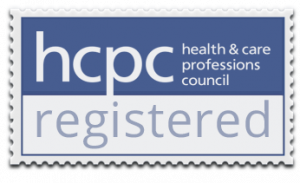I’ve been thinking a lot about how the executives I meet get so frustrated.
So many of the execs I talk to complain of a lack of efficiency or admit to losing their cool when dealing with bureaucracy.
Execs definitely tend to get weighed down by processes and procedures!
So, how do you banish fear and frustration?
Work smarter and better – to reduce stress
One of the ideas I took up in my video was how improving your workflow and productivity involves a combination of strategies and tools.
I encouraged you to look for processes and systems that make work easier.
To give you a gentle shove (!) in that direction, here are some ways to look for processes that can enhance your work.
It’s a pretty comprehensive list of suggestions and I’m not suggesting you adopt all them. More than likely this would add to your stress levels even more.
Try this out for starters!
Pick one or two of these suggestions and see how they can help you improve the systems and processes in your work life that will make it easier.
1. Identify Areas for Improvement:
Take a step back and analyse your current workflow. Look for bottlenecks, repetitive tasks, or areas where you feel you could be more efficient.
2. Gather Feedback:
Solicit feedback from colleagues, supervisors, or mentors. They may offer insights into areas where you can improve or suggest processes that have worked well for them.
3. Research Best Practices:
Look into industry best practices and emerging trends in your field. Online resources, books, articles, and forums can provide valuable information on effective processes.
4. Experiment:
Test out different approaches to see what works best for you. Be open to trying new tools, techniques, or methodologies. Keep track of your experiments and evaluate their effectiveness
5. Use Technology:
Explore productivity tools and software that can streamline your workflow. Like I said in the video, I dictate my emails as much as possible when I am on the go. Project management tools, collaboration platforms, automation software, and time-tracking apps can all help optimise your processes.
6. Collaborate and Share:
Collaborate with colleagues to brainstorm ideas and share best practices. Establishing a culture of knowledge sharing within your team or organisation can lead to collective improvements in processes.
7. Measure Results:
Where possible, track key metrics and performance indicators to assess the impact of process changes. Monitor productivity, efficiency, quality, and other relevant metrics to ensure that your efforts are yielding tangible results.
Get ready for success!
By following these steps and adopting a proactive and iterative approach, you can identify and implement processes that will make your work better over time.
Remember that continuous improvement is a journey, and staying open to new ideas and feedback is essential for long-term success.


